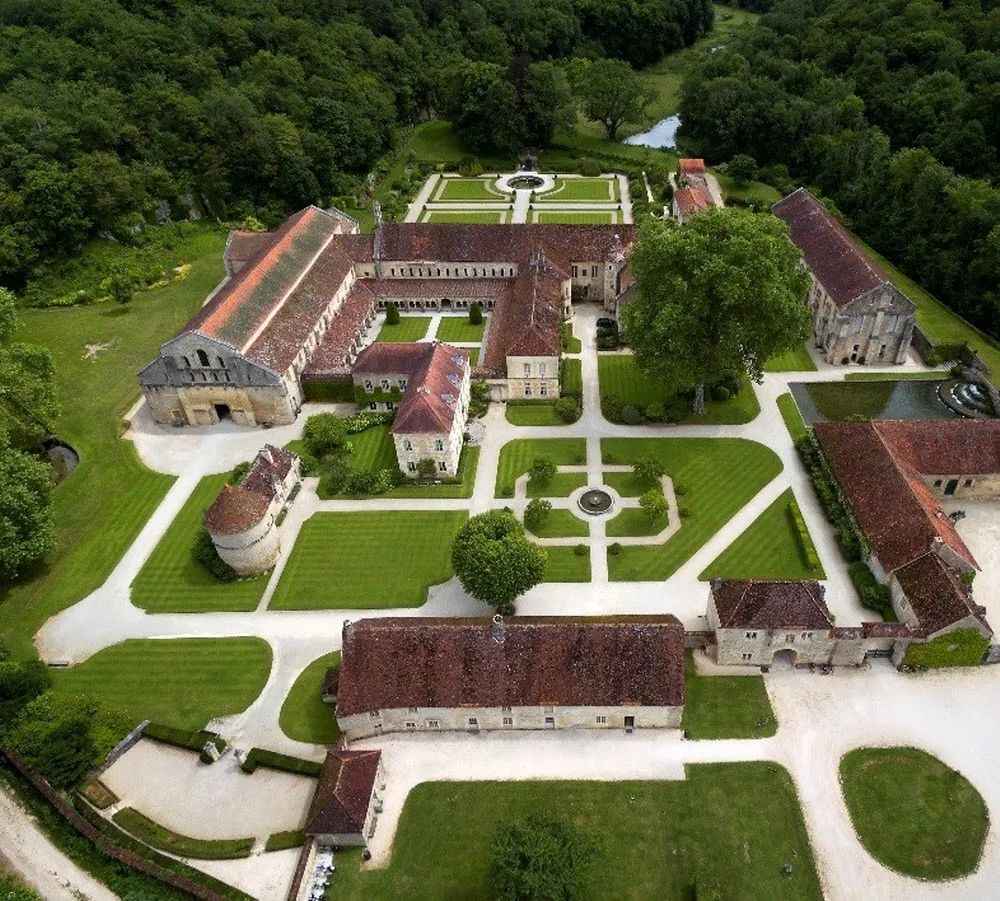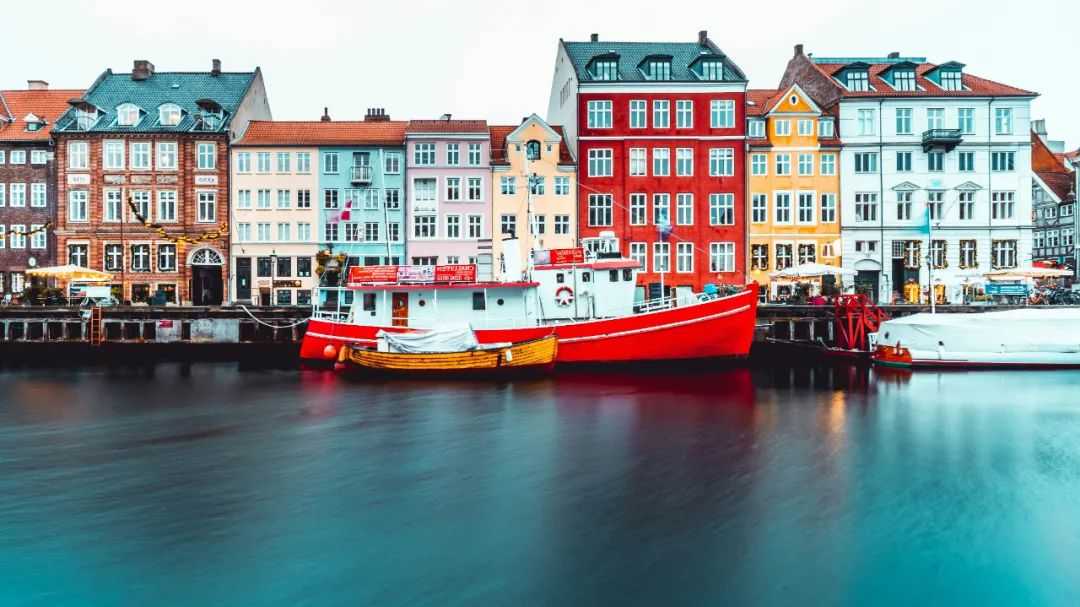Nestled in the Côte-d'Or department of France's Burgundy region, the Abbey of Fontenay stands as one of Europe's oldest surviving Cistercian monasteries, tracing its origins to 1119. Founded by St. Bernard of Clairvaux, this architectural gem embodies the Cistercian ideals of simplicity, discipline, and self-sufficiency, offering a tangible link to medieval monastic life .
Born out of the Cistercian reform movement, Fontenay Abbey eschewed the opulence of contemporary religious buildings in favor of geometric rigor and functionality. Its Romanesque church, spanning 60 meters in length and 17 meters in height, features only stylized waterleaf carvings on its columns, reflecting the order's emphasis on "returning to primitive Christian values" . The complex also includes a cloister, monks' quarters, a bakery, and Europe's earliest documented hydraulic forge, forming a self-contained community where spiritual devotion coexisted with manual labor—a cornerstone of the Cistercian motto Ora et Labora ("Pray and Work") .
Thriving in the 13th–14th centuries with over 300 monks, Fontenay was elevated to a royal abbey by Louis IX. However, the Hundred Years' War, Reformation, and French Revolution reduced it to a derelict paper mill by 1790 . Salvation came in 1906 when industrialist Édouard Aynard purchased and painstakingly restored the site. Recognized for its universal value, Fontenay was inscribed as a UNESCO World Heritage Site in 1981, now serving as a "living museum" of medieval monasticism .
While no longer inhabited by monks, Fontenay’s preserved structures continue to captivate 85,000 annual visitors . Its cloister courtyard is hailed as a "paragon of Romanesque architecture," while the forge highlights medieval industrial innovation. A 2024 restoration project revitalized the church’s stained-glass windows, reviving 12th-century play of light . Today, Fontenay remains a pilgrimage site—not just for history enthusiasts, but for those seeking the enduring spirit of Cistercian simplicity in a world of excess.
This hidden gem of Burgundy’s forests is more than a monument of stone and faith; it is a timeless testament to humanity’s quest for spiritual purity.










